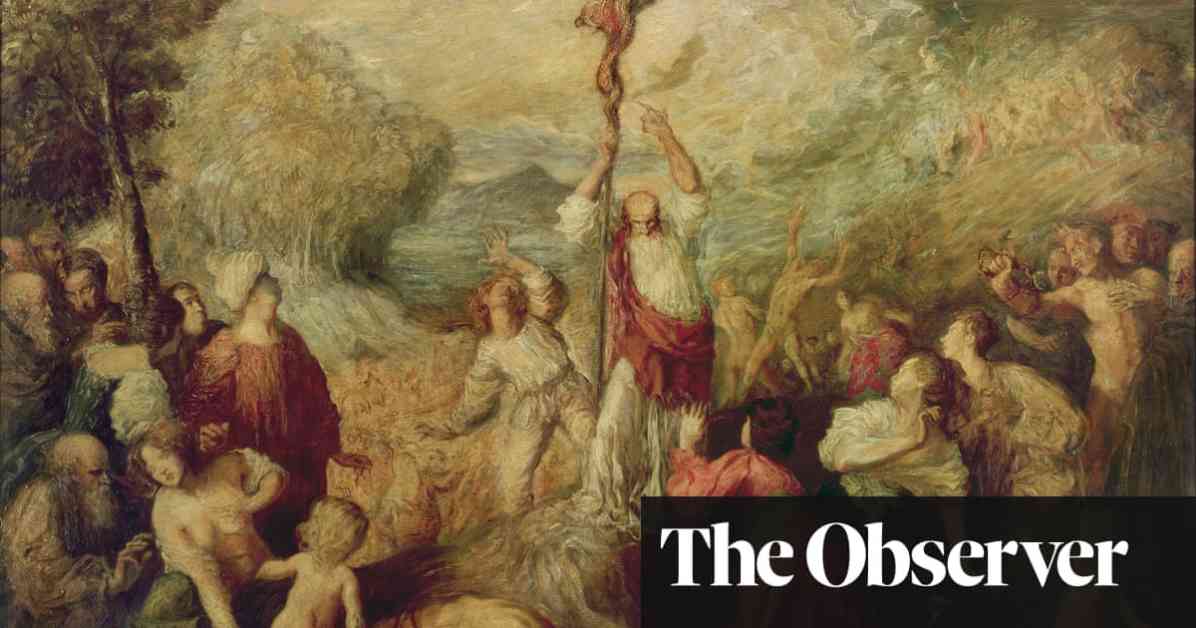University College London (UCL) has recently come under fire from academics for their decision to dismantle the Art Museum as part of their bicentennial redevelopment plans. The museum, located in the South Cloisters of the historic William Wilkins building, is set to be transformed into a mixed-use space for various events and activities.
David Bindman, UCL’s emeritus professor of the history of art, has expressed his outrage at this decision, stating that the university is essentially dismantling the museum without providing a clear alternative for its significant art collection. The museum houses around 10,000 artworks, including pieces from the UCL Slade School of Fine Art, known for producing artists like Stanley Spencer and Augustus John.
Despite UCL’s claims that the museum’s collections are being carefully stored and can still be accessed for research and teaching purposes, many staff members and art enthusiasts remain concerned about the future of the museum. The proposed changes to the Grade I-listed building, including the removal of important artworks and the mosaic designed by Henri Triqueti, have raised questions about the university’s commitment to preserving its cultural heritage.
While UCL has stated that the redevelopment plans aim to create a more sustainable and inclusive campus environment, critics like Bindman argue that the university is neglecting the importance of maintaining a dedicated space for art and historical artifacts. The decision to prioritize open, flexible spaces over the preservation of the Art Museum has sparked a debate about the balance between modernization and cultural heritage in academic institutions.
As the controversy continues to unfold, it remains to be seen how UCL will address the concerns raised by staff and members of the art community. The fate of the Art Museum and its valuable collections hangs in the balance, with many hoping that the university will reconsider its approach to the redevelopment plans and prioritize the preservation of its cultural legacy.

